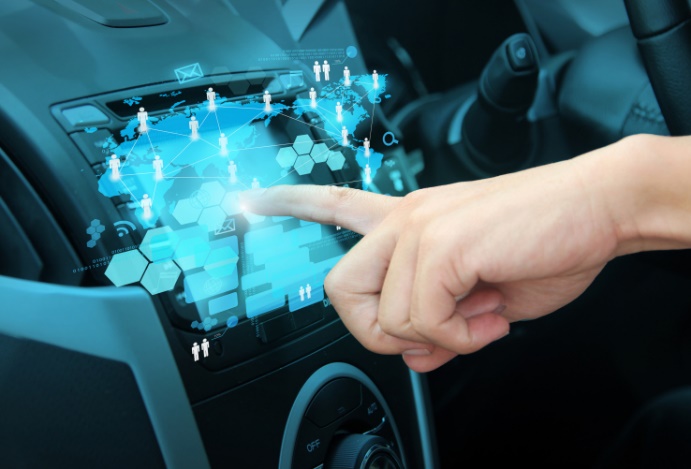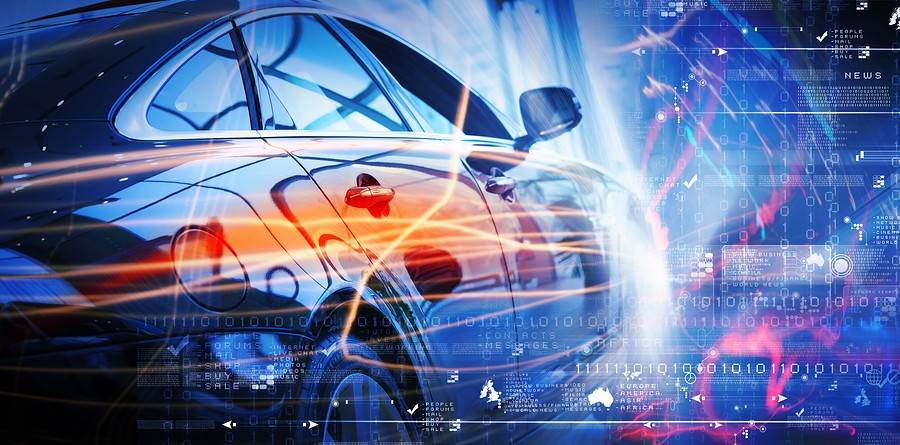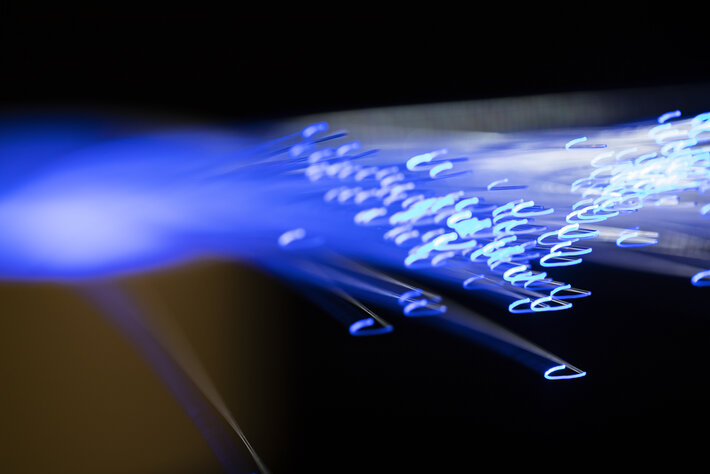By 2020, there will be billions of devices connected to the Internet of Things (IoT). From the Amazon Echos and Fitbits in our personal lives, to smart cities connecting everything from traffic lights, public transport and water supply systems, IoT devices are producing masses of data to improve virtually every aspect of the day to day.
The automotive industry has since risen to the challenge of applying the IoT to cars, with most premium vehicles on the road today already fully connected to a variety of devices including those that can access road data and road conditions, or even those that can call for help upon detection of an emergency.
With the IoT, owners will be able to use an app to access their cars remotely in order to adjust the temperature, check the mileage or even start the car, like a remote virtual dashboard, says Sven Hammar, founder and chief strategy officer, Apica.
Vehicles can now also be connected to external services such as, laundry and e-commerce transactions, enabling goods to be delivered direct to your car. All this means that the automotive industry is racing to deliver the ‘connected car’ on a grand vision to completely revolutionise the way in which people interact with their vehicles.
Cars take on big data
Manufacturers are no longer just “car companies” – they’ve evolved to become software companies. A typical car now contains millions of lines of computer code governing everything under the bonnet (and beyond), and companies are innovating fast and efficiently to develop and improve this software.
Cars are becoming data centres; each will soon be connected to a variety of interconnected servers providing data. By turning this data into insights about key areas of the driving experience, car manufacturers can create compelling subscription-based services that car buyers are willing to pay for.
These services can provide consumers with assistance and safety features as well as exciting new ways to enjoy their car through software updates, and provide car companies with potential for significant additional revenue streams. The days of trips to the garage to get replacement parts will be long gone and instead, drivers will simply ‘download and upgrade’.
Improving the user experience
Today, we often find that typical on-board automotive navigation applications are woefully inferior in content and capability compared to what’s on a typical mobile phone. Preloaded map data is often out of date, are many maps are still non-connected, meaning they lack the real-time information and services drivers need, such as traffic flow and incident updates, parking availability and fuel prices.
What the automotive industry is finding is that the solution is to have content-aware, location-based apps seamlessly integrated with the driving experience, providing the right information at the right time and making choices for the driver based on pre-programmed preferences. These apps are enabling cars within the same pool to communicate and share data, such as road conditions or speed.
Changing the way we buy, sell and drive
The push for connectivity is also completely changing the way in which we choose to interact with vehicles. Features are now being created that let you car share with other people, raising the question; ‘will we even drive cars by 2025?’ Autonomous transportation is already becoming a reality.
At the click of an app, the likes of Tesla, Uber and Volvo will transport you to your destination – no awkward small talk required. Connected cars are just a further step towards autonomous, self-driving cars, which use navigation systems and external data together with local computing power to operate the car in a much safer way than an average driver would.
So, where next?
Over the next few years, there will be a seismic shift in the automotive industry, delivering the power of the Internet and IoT to vehicles. This places a huge reliance on having battle tested APIs so that IoT enabled devices and services do not crash.
This means monitoring, advanced testing and ongoing maintenance will be everything to the new ‘tech’ automotive companies of the future, on a scale never seen before, and the manufacturers that can bring the truly connected vehicle closer to that reality first will have a considerable competitive advantage in the marketplace.
The author of this blog is Sven Hammar, founder and chief strategy officer, Apica
Comment on this article below or via Twitter: @IoTNow_ OR @jcIoTnow










